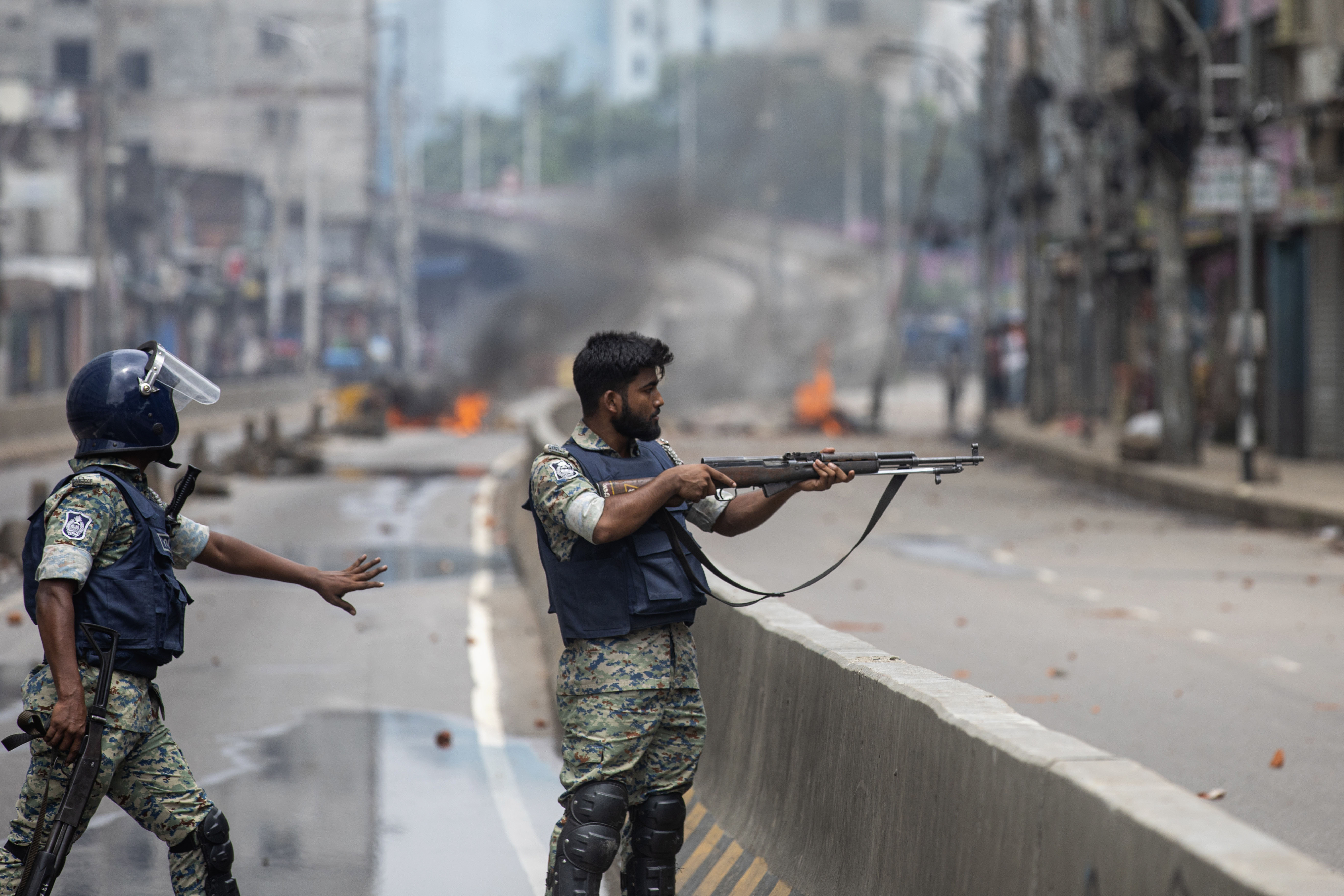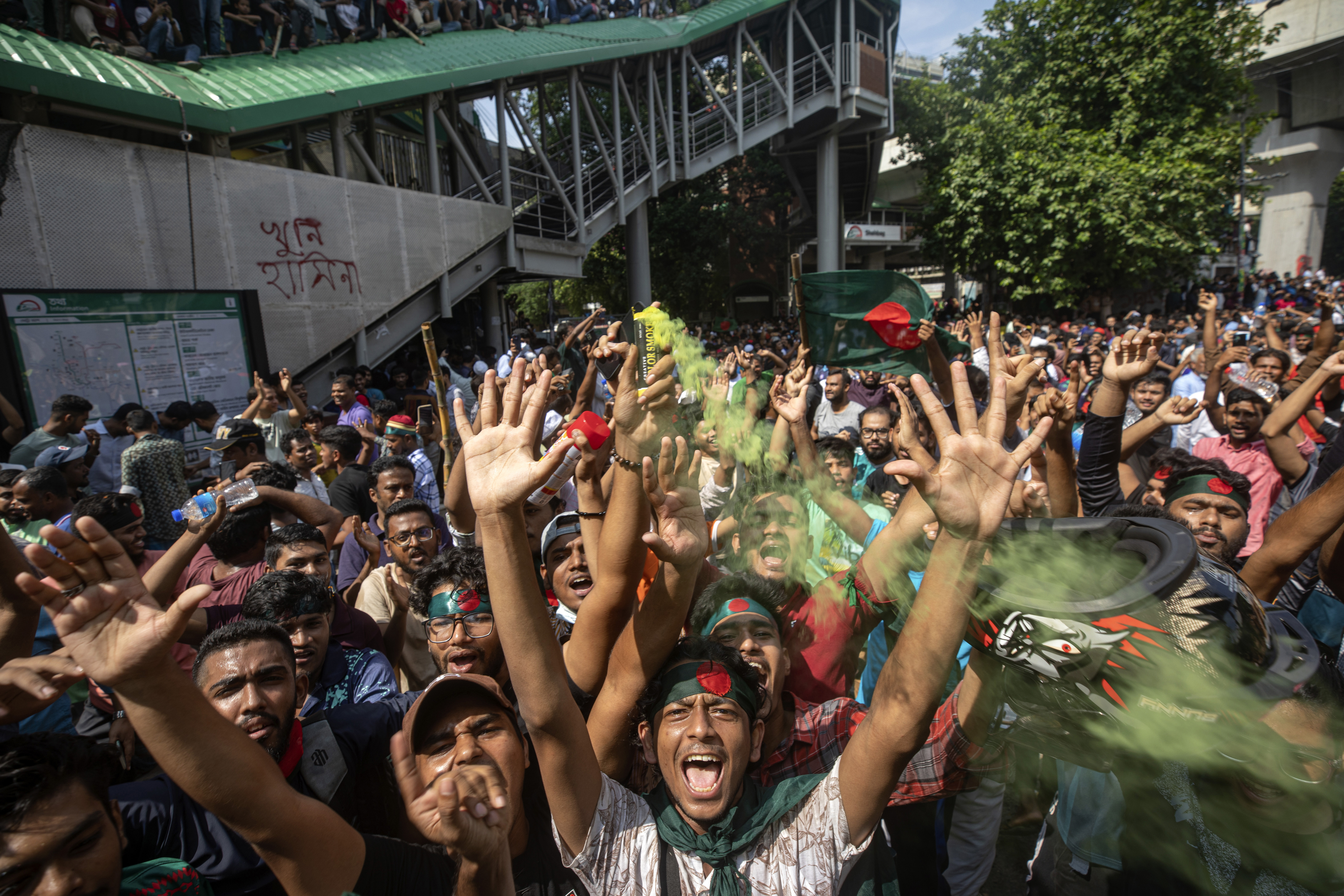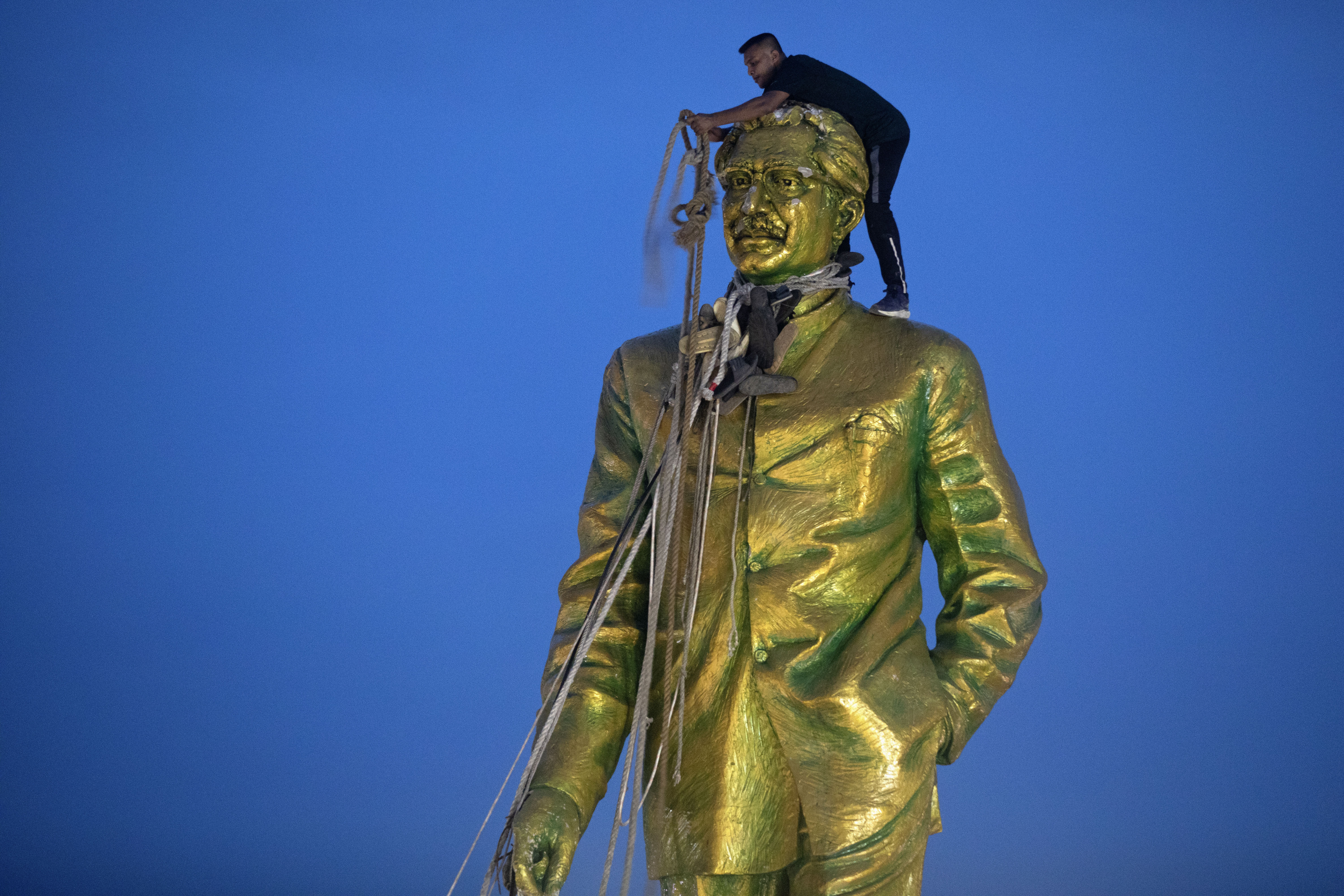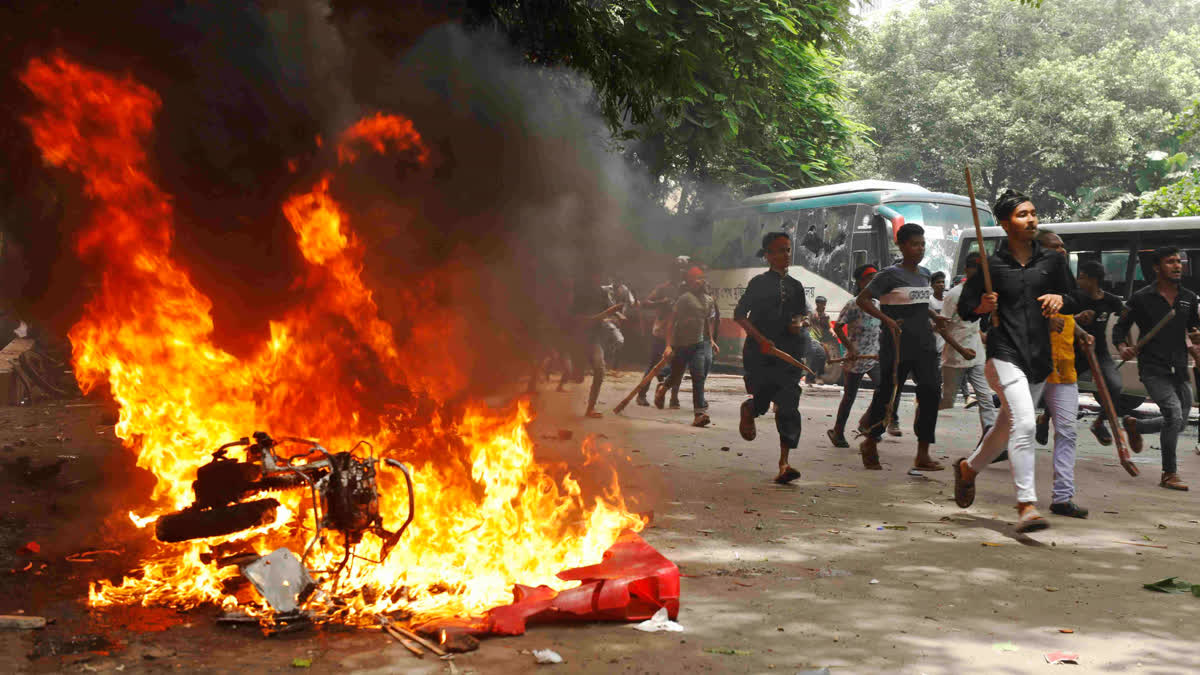It’s been more than week since Bangladesh’s ousted Prime Minister Sheikh Hasina Wazed hastily flew from an Airforce field in Dhaka to cover a short distance of 128 kilometres to Agartala, Tripura, and eventually to an Airforce station near Delhi, but what’s proved to bewildering is the speed at which a democratically elected leader was overthrown through street protests that many experts claim could have been managed.
Sheikh Hasina in an alleged statement, later denied by his US based son, Sajeeb Wazed Joy, had claimed at the involvement of the United States of America in throwing out her government for allegedly not giving an island (St Martin) in Bay of Bengal and that the US government had dropped a dark warning that something like this was likely to happen in Dhaka. What should trouble the Indian government is that Hasina was brought down even when she was -in the eyes of the world- under its protection.
How Army Did Not Follow Hasina's Dotted Line
Media reports allege that Research and Analysis Wing (R&AW), the country's external intelligence agency, was reportedly running one of its biggest operations from Dhaka. Its endeavour, these reports claim, was to ensure longevity for her government and prevention of the repetition of 1975 when Sheikh Mujibur Rehman, his wife and his son were killed by assassins.

The question that is being asked in Delhi is "why did Hasina escape without getting hurt in Dhaka when the country has a bloody tradition of violent coups?" Not an easy question to answer, but many Bangladesh watchers find merit in rumours that the US government brought down the government of Awami league. Was there a deal that ensured sparing the ousted PM. No one will know. However, if one goes by the transcription of what transpired between Hasina and her security detail, the Awami league leader was reluctant to leave as she believed that the protests could be managed by the army. Interestingly, the army chief seems to have not followed the ousted PM’s order. Instead, he convinced her to take the flight out of Dhaka. There is an informed view that claims that the protestors in Dhaka, at least, were not as many as played by the social and TV media.
How The US 'Deals'
Hasina was not party to any deal, if one has to go by her statements and the manner in which she left Dhaka. However, the US does not give up on its efforts to work out deals with those leaders that refuse to leave or get a favourable electoral verdict. For instance, there are reports of the United States offering amnesty to Venezuelan President Nickolas Maduro and his associates only if he gives up his presidency and leaves capital Caracas to some other destination. Maduro who enjoys considerable support from the poor, marginalized and indigenous people of the country is not budging.

Hasina, too, for whom US had visceral hatred, has been in the arc of attack of similar forces. Old-timers would recall the events surrounding the Bangladesh liberation war of 1971 when a US aircraft carrier sailed to Bay of Bengal to scare India from entering what was then East Pakistan. India remained unfazed and managed to force the Pakistani forces to surrender. The birth of Bangladesh was a brutal, bloody battle not just to liberate a piece of land, but to save what was syncretic Bengali culture where all religions had prospered down the ages. Pakistan had endeavoured to homogenize the Bengali society around harsh and narrow tenets of Wahabi Islam. Bangladesh continues to be torn by the same unresolved conflict.
The Restive State
In 2013, there was an agitation at Dhaka’s Shahbagh where students agitated to demand the execution of all those who collaborated with the Pakistanis against the liberation war of 1971. The drift of the agitators was that these collaborators were at large and not punished. This agitation, which was backed by Prime Minister Sheikh Hasina, was resented and resisted by governments in the UK and Saudi Arabia. However, Hasina managed to have her way.
If Hasina called the student agitators as "razakars" then visibly it was meant to take the narrative to those days when the students wanted the collaborators to be hanged for diluting the values of Bangladesh. Here again the overthrowing of Hasina was followed by vandalisation and defacing the memories of 1971 freedom movement. The same images that we thought were reserved for dictators that chose to antagonise the US like Saddam Hussain, were played out against the heroes of the Bangladesh freedom.
As India midwifed the independence of the country, they came in the arc of the ire of protestors. Not just the statue of Bangabandhu, Sheikh Mujibur Rehman, was broken, but a mural of Pakistani Generals signing their surrender to Indian Generals after the 14-day war was also destroyed. Quite evidently, the protests were not seeking more democracy or removal of Hasina, but they were directed at that part of history that erased their association with Pakistan. Social media, which is used for building a narrative and igniting life in dead stones, played up images of vandalised temples and statues of icons of Bengal’s considerable literary past, Rabindranath Tagore. It’s a different matter that Tagore’s statue was broken about 20 years ago.

The Movement
To be fair to the majority of students that stepped out to agitate against Hasina, they were distressed by the government’s refusal to converse with them or provide more democratic space on their future in the society. Paucity of government jobs, as in India, has brought them out on the streets and they wanted clear and cogent answers. They may have got bullets instead, but it is clear that their movement is getting hijacked by more powerful forces based in western capitals. They are endeavouring to prevent the movement spinning out of control by protecting Hindu shrines and violence against Hindus, but the radical religious elements are using this opportunity to revisit the reasons why India was partitioned into two countries.
Be that as it may, preserving communal peace in the region has become a big challenge as the values of constitution-based secularism has been threatened in Bangladesh, but more importantly by the Hindutva forces in India where lynching and targeting of Muslim minority is resulting in copycat attacks in neighbouring countries.



